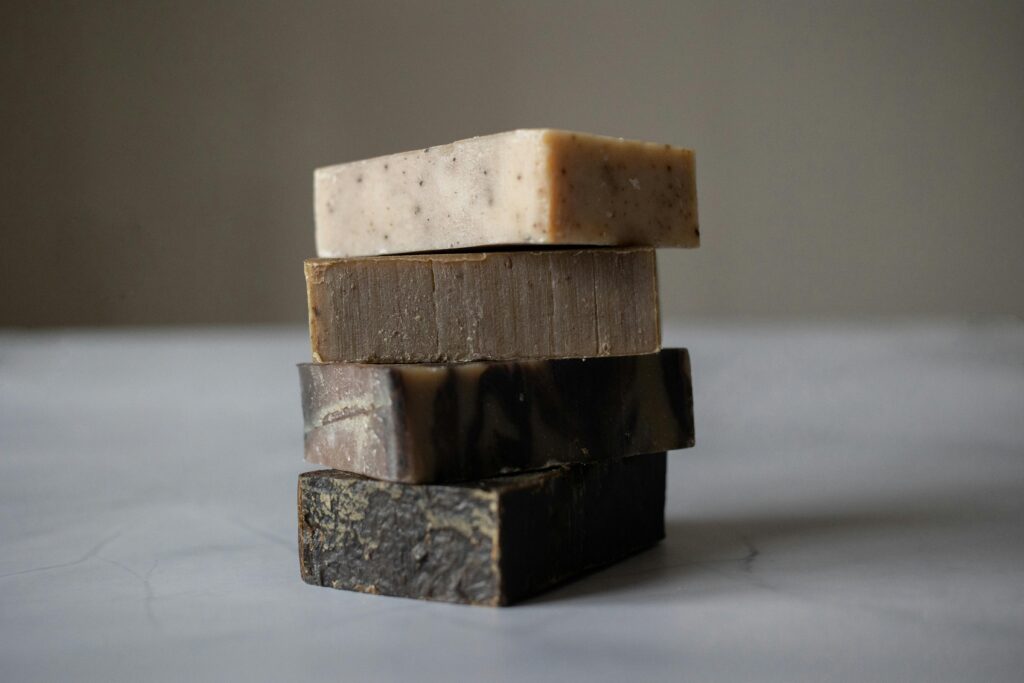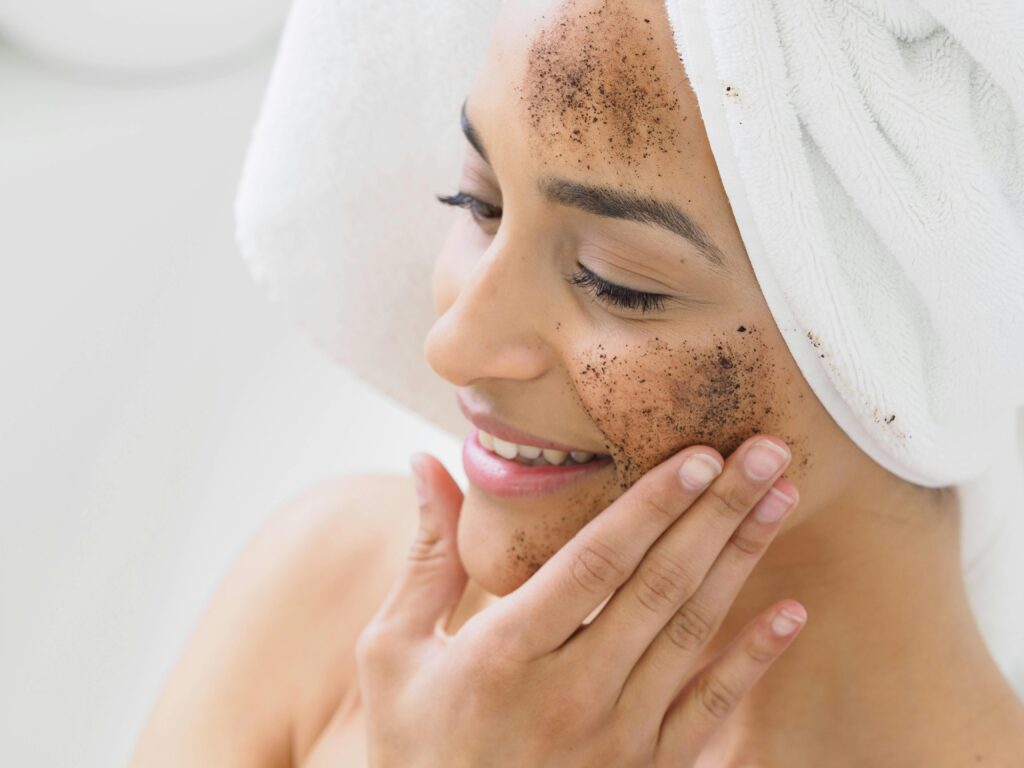How to Make Your Own Herbal Shampoo Bars: Gentle, Sustainable Hair Care with All-Natural Ingredients

“Nature always wears the colors of the spirit.” – Ralph Waldo Emerson
In a world where sustainability is more important than ever, people are seeking ways to reduce waste and make more conscious decisions about the products they use. When it comes to personal care, one area where we often overlook our environmental footprint is in the products we use to care for our hair. Traditional bottled shampoos are often loaded with synthetic chemicals and come in plastic containers that contribute to environmental harm. What if you could create your own hair care solution that is not only gentle on your hair and scalp but also kind to the planet? Enter the world of herbal shampoo bars—a natural, eco-friendly alternative to store-bought products.
Herbal shampoo bars are packed with nourishing ingredients derived from nature, offering a sustainable, chemical-free way to cleanse and care for your hair. The process of making your own shampoo bars gives you full control over what goes into your hair care routine, allowing you to customize the formula to suit your unique hair type and concerns. From soothing lavender to invigorating rosemary, the possibilities are endless. Not only will you be treating your hair to a gentle cleanse, but you’ll also be reducing your environmental impact and embracing a simpler, more natural lifestyle.
In this blog, we’ll dive into the step-by-step process of making your own herbal shampoo bars. We’ll explore the benefits of the ingredients used, the best herbs for different hair types, and why switching to DIY shampoo bars is the perfect choice for a more sustainable and healthier hair care routine.
Why Choose Herbal Shampoo Bars?
1. Eco-Friendly
Liquid shampoos often come in single-use plastic bottles, contributing to environmental waste. Shampoo bars, on the other hand, are plastic-free and reduce your carbon footprint.
2. Gentle on Your Hair and Scalp
Conventional shampoos often contain sulfates, parabens, and synthetic fragrances that can strip natural oils and irritate your scalp. Herbal shampoo bars use gentle, plant-based ingredients to cleanse and nourish.
3. Cost-effective and Long-Lasting
Shampoo bars last longer than liquid shampoos, as they’re concentrated and don’t contain water. A single bar can replace 2-3 bottles of shampoo.
4. Customizable for Your Hair Needs
From dry to oily hair, you can tailor your shampoo bar recipe to suit your specific hair type and concerns by using the right herbs, oils, and essential oils.
Key Ingredients in Herbal Shampoo Bars
| Ingredient | Purpose |
|---|---|
| Coconut oil | Cleansing, moisturizing |
| Olive oil | Nourishing, adds softness |
| Castor oil | Promotes hair growth, adds lather |
| Shea butter | Hydrating, adds shine |
| Essential oils | Adds fragrance, therapeutic benefits |
| Herbal infusions | Strengthens hair, treats scalp conditions |
| Sodium hydroxide (lye) | Necessary for saponification process |
| Distilled water | Dissolves the lye and helps mix ingredients |
Popular Herbs for Shampoo Bars
| Herb | Benefits |
|---|---|
| Rosemary | Stimulates hair growth, reduces dandruff |
| Lavender | Soothes scalp, promotes relaxation |
| Horsetail | Strengthens hair, prevents breakage |
| Chamomile | Adds shine, soothes irritated scalp |
| Neem | Antifungal, treats dandruff and itchy scalp |
| Peppermint | Stimulates circulation, promotes hair growth |
Find a wonderful blend of essential oils with this essential oil kit.
How to Make Your Own Herbal Shampoo Bars
Step 1: Gather Your Ingredients and Tools
Before starting, ensure you have the following:
- Ingredients: Oils, lye, water, essential oils, and herbal infusions.
- Tools: Heatproof mixing bowls, digital scale, thermometer, stick blender, silicone mold, and safety gear (gloves, goggles).
Step 2: Create Your Herbal Infusion
- Choose your desired herbs and steep them in hot distilled water for 30 minutes. Strain and set aside. This infused water will replace plain water in your recipe.
Step 3: Measure and Mix Oils
- Weigh out coconut oil, olive oil, castor oil, and shea butter.
- Melt them together in a double boiler, then let the mixture cool to around 100°F.
Step 4: Prepare the Lye Solution
- Wearing safety gear, slowly add sodium hydroxide (lye) to your herbal infusion (never the other way around!). Stir until dissolved and let cool to 100°F.
Step 5: Combine Oils and Lye Solution
- Pour the lye solution into the melted oils. Use a stick blender to mix until the mixture reaches a light trace (a pudding-like consistency).
Step 6: Add Essential Oils and Extras
- Stir in your chosen essential oils (e.g., lavender, rosemary) and any extras like dried herbs or natural colorants.
Step 7: Pour into Molds
- Pour the mixture into silicone molds, smoothing the surface. Tap gently to remove air bubbles.
Step 8: Cure and Cut
- Let the shampoo bars harden in the molds for 24-48 hours. Once firm, remove and cut into bars. Allow to cure for 4-6 weeks in a well-ventilated area, flipping occasionally.
Herbal Shampoo Bar Recipe
| Ingredient | Amount |
|---|---|
| Coconut oil | 300g |
| Olive oil | 200g |
| Castor oil | 100g |
| Shea butter | 100g |
| Herbal-infused water | 250g |
| Sodium hydroxide (lye) | 100g |
| Essential oils (optional) | 20-30 drops |
| Dried herbs (optional) | 1-2 tablespoons |
Tips for Success
- Safety First: Always handle lye with care. Work in a well-ventilated area and wear protective gear.
- Customize: Tailor the recipe to your hair type by choosing specific oils and herbs.
- Be Patient: Proper curing time ensures a gentle, effective shampoo bar.
- Test and Adjust: Perform a strand test to ensure your shampoo bar suits your hair.

Benefits of Homemade Herbal Shampoo Bars
- Natural Ingredients: Free from harsh chemicals and synthetic fragrances.
- Sustainability: Reduces plastic waste and promotes eco-friendly living.
- Cost-Effective: Saves money in the long run compared to store-bought shampoos.
- Healthier Hair: Promotes scalp health, strengthens hair, and adds shine.
Why Homemade is Better than Store-Bought
Store-bought shampoos often contain:
- Sulfates: Strips natural oils, causing dryness.
- Parabens: Linked to hormone disruption.
- Artificial Fragrances: Can cause irritation or allergic reactions.
Homemade shampoo bars allow you to avoid these chemicals, giving you full control over the ingredients for a healthier hair care routine.
“Invest in your hair, it’s the crown you never take off.”
Conclusion
Making your own herbal shampoo bars is more than just a fun DIY project—it’s a commitment to cleaner, greener hair care. By choosing to use all-natural, plant-based ingredients, you’re not only nourishing your hair and scalp but also contributing to a healthier planet. The process allows you to avoid harmful chemicals, parabens, and synthetic fragrances commonly found in commercial shampoos, while also eliminating the plastic waste associated with bottled products.
Whether you have dry, oily, or sensitive hair, there’s a natural shampoo bar recipe for every hair type, allowing you to tailor your hair care routine to your specific needs. By creating your own shampoo bars, you’ll save money, reduce your environmental impact, and enjoy the peace of mind that comes with using simple, wholesome ingredients.
So why not give it a try? In just a few simple steps, you can create your own herbal shampoo bars, personalized to your unique hair care needs. It’s a small change that can make a big impact—not only for your hair but also for the planet. As you embrace a natural, sustainable lifestyle, your hair will thank you, and so will the environment. Happy crafting!
References
- Katz, Sandor. Wild Fermentation: The Flavor, Nutrition, and Craft of Live-Culture Foods. Chelsea Green Publishing, 2012.
- Smith, L. “Herbal Infusions for Hair Care.” Natural Living Journal, vol. 8, no. 2, 2021.
- Bauman, E. “The Science of Hair Care: Natural vs. Synthetic.” Journal of Holistic Health, 2019.
Enjoy your DIY journey, and don’t forget to share your creations and experiences with the Home and Haven Living community! 🌿
As an Amazon Affiliate, we earn from qualifying purchases, but at no extra cost to you.



